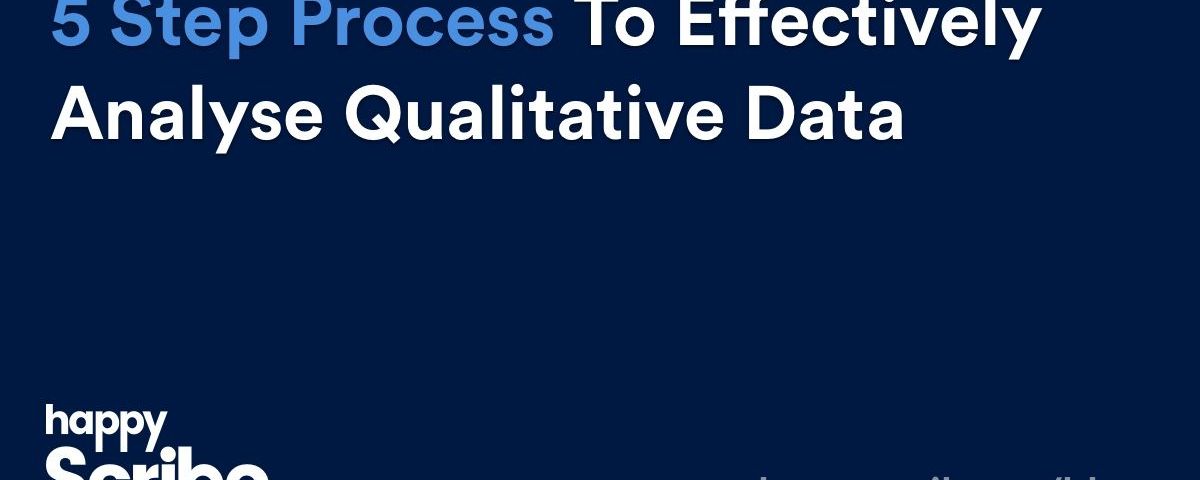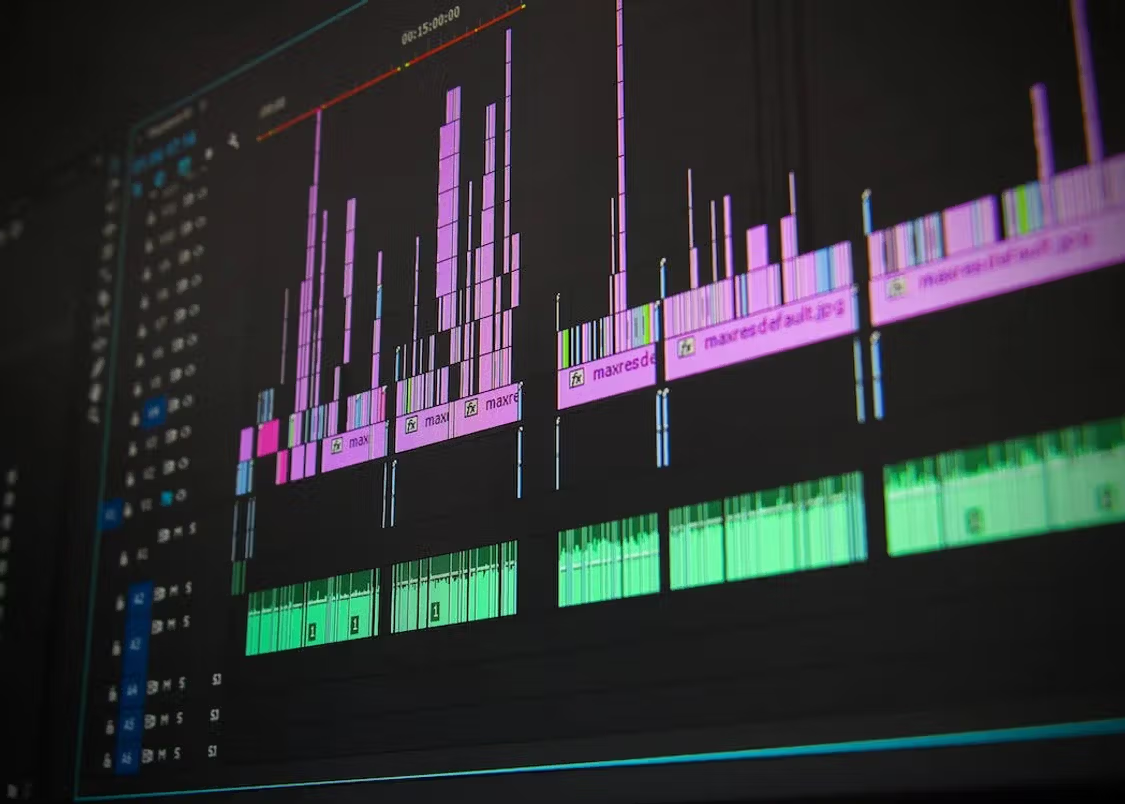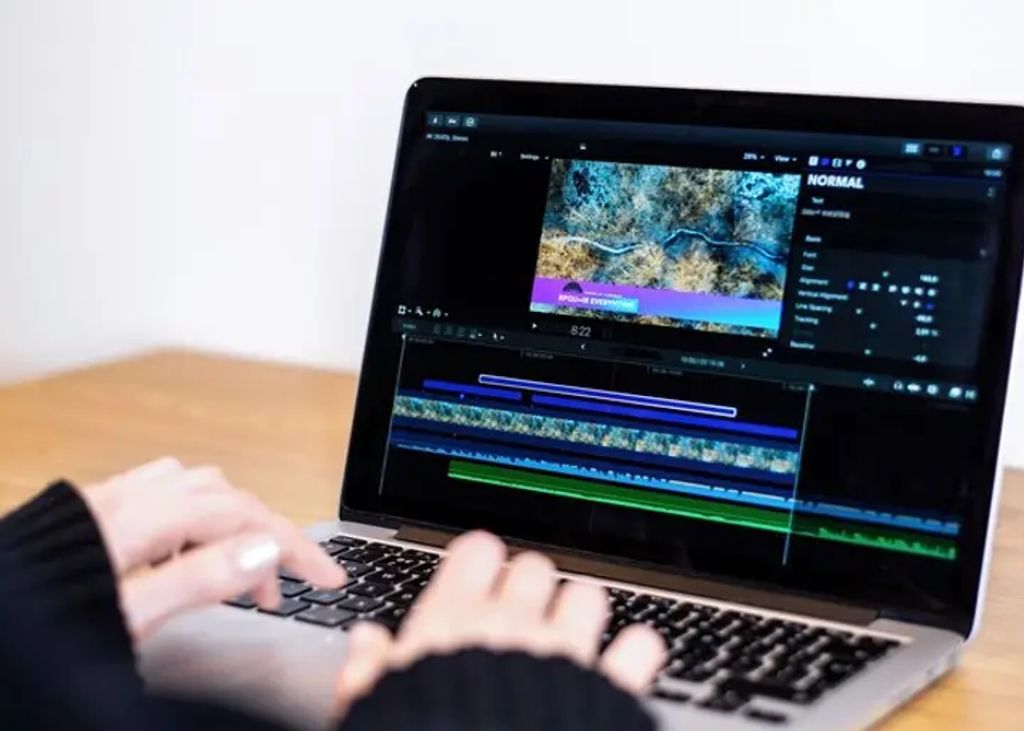
How to Add Captions to IGTV Videos
This step by step guide will show you how to add captions to IGTV Videos

These five simple steps will help you to effectively analyse your qualitative data and save you time in the process.
As any student or academic knows, most research projects involve collecting large amounts of qualitative data - all that non-numerical stuff - through the form of interviews, focus group discussions, video recordings and observations.
But that’s only the first part of the research process.
Once the data has been collected, it needs to be organised and analysed to draw conclusions and reveal themes.
For many, sifting through such large amounts of data is a frustrating process. However, by following the right steps and using some of the latest productivity tools, you can not only effectively analysis the qualitative data, but you can save time. Heck, you may even find it fun. Okay, maybe that’s a stretch.
Either way, these five simple steps will help you to effectively analyse your qualitative data.
Researchers need to become very familiar with all the data that they collect. Simply listening to or watching hours of content is not an easy way to determine if a piece of data has value or meaning. Scanning content in text form, particularly across multiple sources, is much quicker and easier.
Therefore, the first step for any effective analysis of qualitative data is to transcribe all data from voice to text.
Sure you can do this yourself. However, today’s technology has made this process quick, accurate and affordable. Having an automatic transcription service provider do this for you, frees up your time to continue to collect data and to start organising what you’ve already collected.
This step is often referred to as coding the data. Coding in qualitative analysis involves identifying and summarising the central themes and patterns in your data. It helps you give meaning to all the data you have collected out in the field.
A great place to start is to go back to your original research objectives. Identify key questions you want to answer or topics you want to explore. Then choose some key words/phrases relevant to these topics. The keywords could relate to ideas, behaviours, or themes. Next assign each keyword a colour. Then, as you read through your transcripts and other notes, use highlighters to ‘code’ relevant text with the assigned colour.
This step may feel time-consuming, but working with unorganised data will make your data analysis incredibly more difficult.
After you have coded your data, you can begin to identify recurring themes.
It is during this stage that you must start to make connections with the data that has been collected. You should look for responses that seem important and claw out explanations from the data. The main objective here is to start to gain a deeper insight into the meaning of the data.
Your data is the basis of your research, so it is extremely important that it isn’t flawed. Ideally you should be validating throughout your entire data analysis process to make sure the data was collected without bias and according to the pre-set standards.
Ask yourself questions like, ‘Did I use consistent procedures to collect my data?’ ‘Were my respondents chosen according to the research criteria?’ ‘Did my respondents answer all the questions?’ ‘Is my analysis reliable?'
A thorough validation would include picking a random sample of the completed surveys and reaching out to the respondents to check their responses to a certain set of questions.
As part of the validation, you should also compare your findings to other related studies to see if there are any connections or different points of view. These ideas might be useful to reference in your final report.
Finally you must interpret the data and state your findings. Essentially you are trying to find a valid link between your research objectives and the analysed data, noting any meaning or significance of the data.
This vital step usually involves presenting your data analysis as a final report. This report should state the processes and methods of your research. It should also detail any limitations along with a discussion on what worked well and what didn’t. You may also want to state areas of future research.
No matter what your data analysis is about, using these five steps can help you to effectively analyse all that information. It’s important to get the analyses right as the validity of your research rests on it.
If you need some help with Step 1: Transcribe Your Data, please reach out to us here at Happy Scribe.

This step by step guide will show you how to add captions to IGTV Videos

The definitive guide to generating subtitles and captions automatically to your videos and hardcode them directly to your video.

What are the pros and cons of recording and note-taking? Which one is right for you?

Have you ever wondered how to add captions to YouTube videos? Well, this step by step guide will show you how to get accurate captions quickly.

Your subtitles need to be readable and perfectly synced with the video and perfectly follow the reading skills of your audience. For example, you don't make subtitles for adults the same as subtitles for children.

Use Happy Scribe to get a free SRT file for your 30-minute video.

Adding subtitles to videos can increase audience engagement, improve accessibility, and help promote a positive image of a company, making it a useful tool for job postings and promotions.

Dive into the differences between SDH and closed captions, and discover how Happy Scribe can revolutionize your video accessibility with automatic, customizable, and multilingual transcriptions.

Not sure how to add subtitles to a YouTube video? In this article you will find some of the best and easiest ways to add captions to videos.

Do you need Spanish subtitles for your videos? Learn how to translate and transcribe English audio quickly while maintaining contextual accuracy.